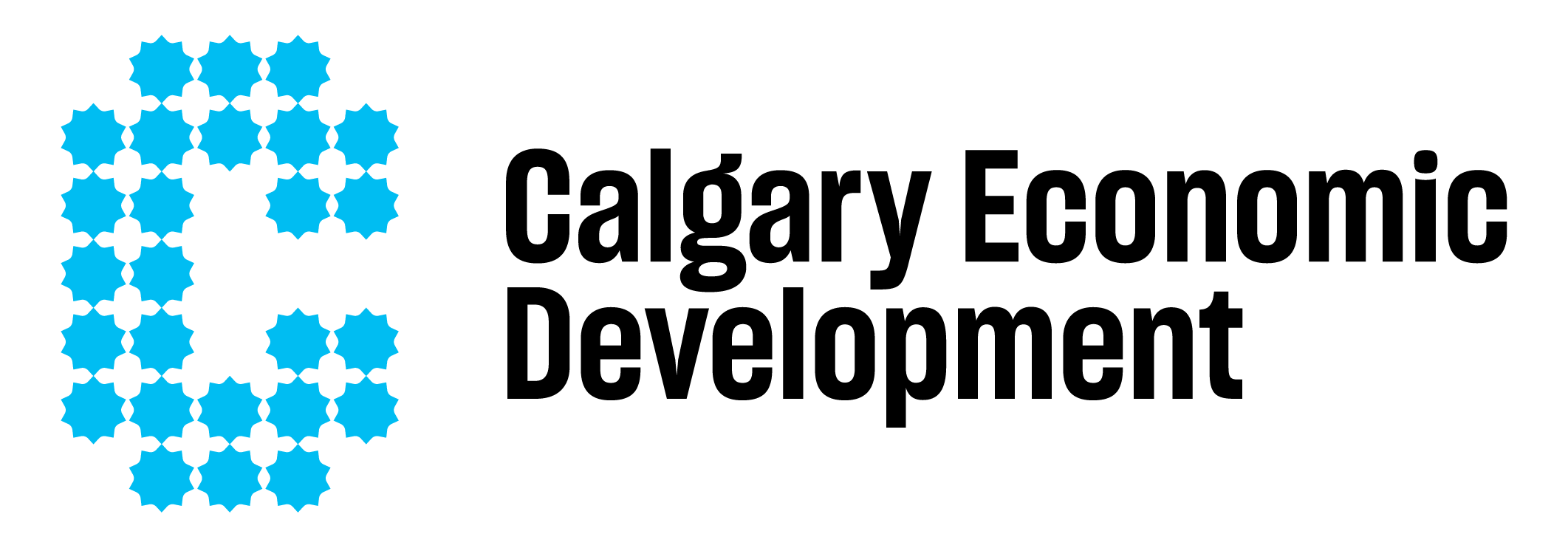Joel Schlesinger © Postmedia Network Inc.
Energy transition presents an uncertain path for many Canadian companies, particularly those involved in the energy sector.
Among them are many of Calgary’s largest economic drivers — from oil and gas producers to pipeline companies to utilities.
“The transition is really about moving from a fossil-based system of energy production and consumption to a net-zero system that is going to require a lot more co-ordination,” says Karleen Batty, partner and energy markets strategy and transactions leader at EY in Calgary.
As the lead for helping Canadian energy companies to make this transition, Batty knows the challenges — and opportunities — well.
“We work with clients to develop thoughtful strategies regarding the energy transition and where they should be investing capital,” she says.
“We help find new frontiers to invest in and determine whether clients should cease investing more in
areas that may have limited growth going forward.”
Many EY clients in these industries — including mining — face significant challenges. Not the least of which for energy producers is how to produce and provide oil and natural gas to businesses and consumers safely, efficiently and reliably as the economy shifts to relying more on renewable energy.
“These companies are faced with making highly impactful decisions that have implications for the next 40 years and beyond, often involving billions of dollars of investment,” Batty says.
EY’s team in Calgary serves as a trusted guide for energy, utilities and mining firms across Canada, delineating all the important moving parts while highlighting opportunities to partner with government, promising startups in Calgary’s burgeoning tech hub and Indigenous communities.
“Another big benefit is our global reach,” she adds. “EY has a deep bench of experts around the world to help clients to make the best decisions.”
Those goals don’t just include reducing their carbon footprint. EY also helps with the S and G in ESG (environmental, social and governance) concerns that increasingly drive organization’s decisions.
All three elements of ESG are interconnected, Batty notes.
Consider diversity.
“We often show clients how improving diversity leads to more innovative ideas to tackle challenges like becoming net-zero.”
EY doesn’t just advise, however; it walks the talk, having recently launched the EY Neurodiversity Centre of Excellence in the city to unlock the potential of neurodiverse talent pools to integrate advanced business and technology capabilities, with skills such as data analytics, blockchain, robotics, AI and cybersecurity to help businesses overcome evolving challenges.
It’s the same with social issues. EY advises clients about the importance of encouraging teams to use their skills to boost the community — just as EY does with its own team, Batty says.
“These actions are really important because they create ripples of positively through communities that benefit everyone.”
This story was created by Content Works, Postmedia’s commercial content division, on behalf of Calgary Economic Development.

